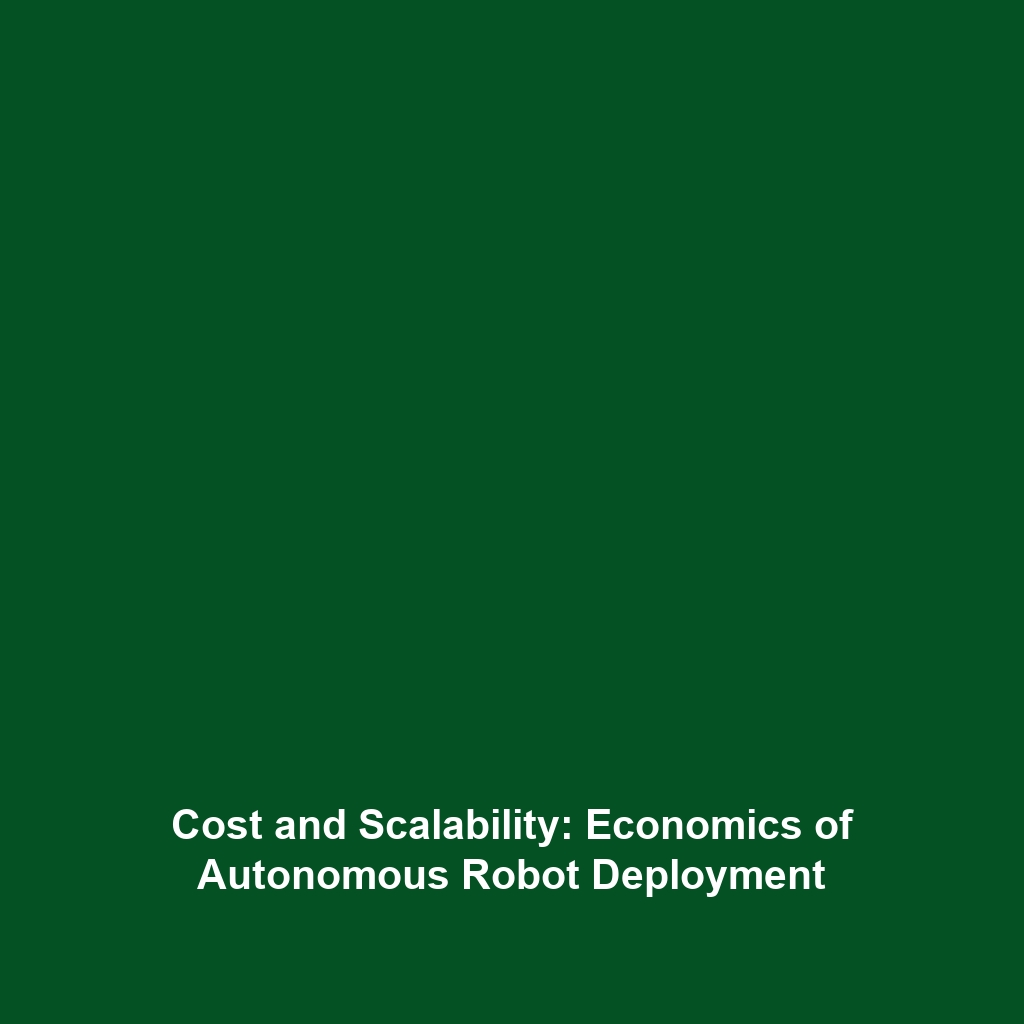High Costs of CCS: The Economic Barriers to Large-Scale Deployment
Carbon Capture & Storage (CCS) has emerged as a pragmatic solution to mitigate climate change by capturing carbon dioxide emissions from industrial sources. However, the high costs of CCS present significant economic barriers to its large-scale deployment. Understanding these costs is crucial, as they influence policy decisions, investor confidence, and the overall adoption of CCS technologies. This article delves into the economic challenges surrounding CCS and highlights potential pathways to overcome these barriers, ensuring effective climate action.
Key Concepts
The economic landscape of Carbon Capture & Storage (CCS) is defined by several key concepts and principles that frame the discussion on the high costs of CCS and its large-scale deployment:
- Capital Costs: The initial investment needed for the installation of CCS technologies, which can deter potential investors.
- Operational Costs: Ongoing expenses associated with running CCS systems, including maintenance and energy requirements.
- Scale of Deployment: The relationship between deployment costs and the degree of implementation, where larger scales may reduce per-unit costs through economies of scale.
- Government Incentives: Policies and subsidies that can help offset costs, thereby encouraging investments in CCS.
Applications and Real-World Uses
The high costs of CCS impact its integration into diverse industries. Understanding the applications of these technologies provides insights into their practical significance:
- Power Generation: Many coal and natural gas power plants are developing CCS projects to reduce their carbon emissions.
- Cement Production: Cement manufacturing is a significant source of CO2 emissions, and CCS solutions are increasingly being evaluated in this sector.
- Hydrogen Production: CCS technologies are crucial in blue hydrogen production, where emissions can be captured during the process.
Current Challenges
Numerous challenges currently hinder the widespread application of CCS technologies, particularly concerning high costs of CCS:
- Financial Viability: The substantial upfront and ongoing costs limit financing opportunities.
- Public Perception: Misconceptions surrounding CCS can lead to resistance from stakeholders and local communities.
- Regulatory Inconsistencies: Lack of clear regulatory frameworks can create uncertainty and deter investment.
- Infrastructure Needs: Building the necessary transportation and storage infrastructure for captured CO2 can be prohibitively expensive.
Future Research and Innovations
Despite the economic barriers posed by the high costs of CCS, ongoing research and innovation are paving the way for improved economic viability:
- Advanced Technologies: Research into new materials and methods for carbon capture aims to reduce costs and increase efficiency.
- Integrative Approaches: Employing CCS in conjunction with renewable energy sources to offset costs and optimize efficiency.
- Public-Private Partnerships: Collaborations between governments and industries may unlock funding and drive innovation.
Conclusion
The high costs of CCS represent significant economic barriers to the large-scale deployment of Carbon Capture & Storage (CCS) technologies. Understanding these challenges is essential for developing effective strategies for overcoming them, promoting CCS integration across various sectors, and enabling climate mitigation efforts. As ongoing research continues to innovate and improve CCS technologies, there is hope for future advancements that can foster greater adoption. For further reading on the latest trends in CCS and its impact on climate change, visit our [Carbon Capture Resources](#) section.


